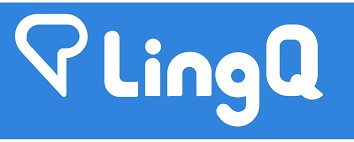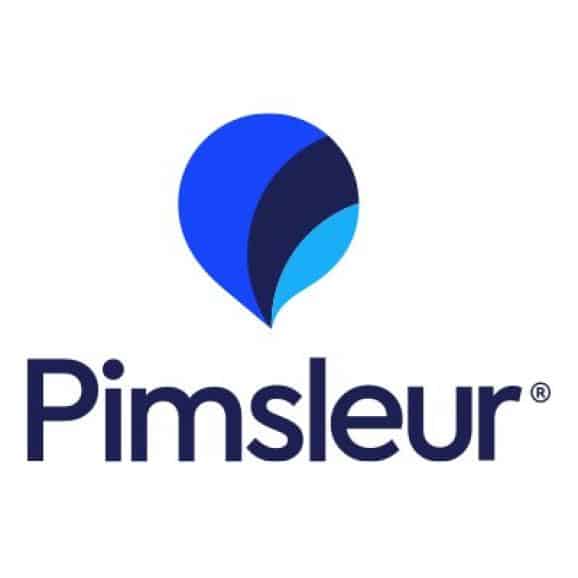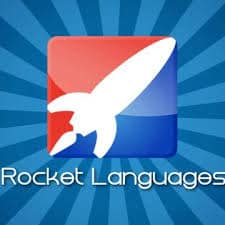There are a lot of Japanese language courses online, and some of them are pretty good. If you are interested in learning Japanese, starting with an online course is a very good idea and most of the online courses have free trials which are good to see if it matches your goals and needs before purchasing.
In this article, I would like to share the best online Japanese courses for 2021.
.

This course has the largest selection of material to learn Japanese from, which starts at the beginner level and zips right on to the advanced lessons.
It offers podcast-style lessons that make it more easy and enjoyable for the most types of learners, especially the ones who learn things best by listening. They also provide transcripts of each lesson so that makes it easy to read what the people are saying. Reading and listening is a really good way to learn Japanese but other languages as well.
In addition to these lessons, they also provide additional sections in each lesson that cover different aspects of Japanese. Some of the specific things are:
They also have some video lessons of native Japanese speaking which is another great method to learn. In addition to that, they also provide lots of fun and interesting features such as flashcards, high-frequency word lists, and tutors that are available for live sessions for anyone who wants to learn the Japanese language.
It’s a good online course that you can use best on your computer, but you also can download the courses and take them on the go. For example, when you drive or work out at the gym.

This platform was created by Steve Kaufmann who speaks 17 languages and learned most of them through using LingQ.
The basic philosophy of this course is that people learn languages best when they do a lot of reading, and listening to native material that is comprehensible but also interesting.
In this course, when you click on a lesson, you will find that the entire text is written in Japanese. Not to worry, LingQ has a feature that allows you to translate any Japanese word you don’t understand by clicking on the word and saving the English definition to it. By doing this, there is a good chance that you will memorize that word. What is good about this method is that it’s very easy and accessible to translate any word in a few seconds without having to open a vocabulary.
LingQ is a good course and it’s recommended for beginners but advanced-level speakers as well.

This is a well-known course, especially because it has a reputation for being effective at getting people to a basic conversational level Japanese in thirty days.
It provides audio-based lessons for the most part, with 30-minute long lessons that made it easy to fit in busy schedules.
Each lesson starts with a short two-minute conversation in Japanese, and then the full lesson begins by going over the vocabulary and grammar that were in the Japanese conversation. It is also good when it comes to learning the basics because it offers lessons on basic greetings and how to talk about oneself. As the lessons continue, the topics also get progressively complicated.
When you add up all five levels of their courses, there are somewhere between 2000-2500 Japanese words, which is a great achievement.

This is an interactive course that covers speaking, listening, and writing. It consists of 3 main sections with different types of lessons each:
- Section 1: It involves listening to a short conversation in Japanese and then the host would explain the words and grammar that I had just heard. The exercises include review flashcards, quizzes, listen and repeat what you heard, and listen and then write what you heard.
- Section 2: This section focuses more on grammar and culture combined. It usually starts with explanations on the rules of the grammar that was used in the first section’s conversation, then it moved on to talk about Japanese culture and history.
- Section 3: This part consists of teaching how to read and write all of the hiragana, all of the katakana and it also offers a good amount of kanji in its later parts.
This course is very good for someone who wants to start learning Japanese from the bases because it starts with beginner material and helps the learner engage in everyday conversation with natives on a variety of topics.

This is not a very popular course, but it has many great features. It focuses on helping people break through the spoken fluency in Japanese. It is centered around several thousand Japanese sentences that use mostly common words, expressions, and grammar.
The course’s method is to listen to the full Japanese sentence and repeat it yourself. For each sentence, they provide a romaji version, an IPA version and then the full English version.
Because of this, it might be a little confusing for people who are at a beginner level, so it’s more recommended for those who are at a more advanced level. The learning techniques include repeating sentences aloud, listening and writing out the sentence, and recording and comparing pronunciation to the native.
Conclusion
The courses we mentioned in this article are all very good. When it comes to choosing one, you need to take into consideration your level in the Japanese language but also your goals and other preferences.
You also need to consider, what is the best and easy method for you to learn a language.
Depending on these aspects, you will be able to make the right decision. All of these courses offer a free trial, so you can even try all of them before deciding on one.

